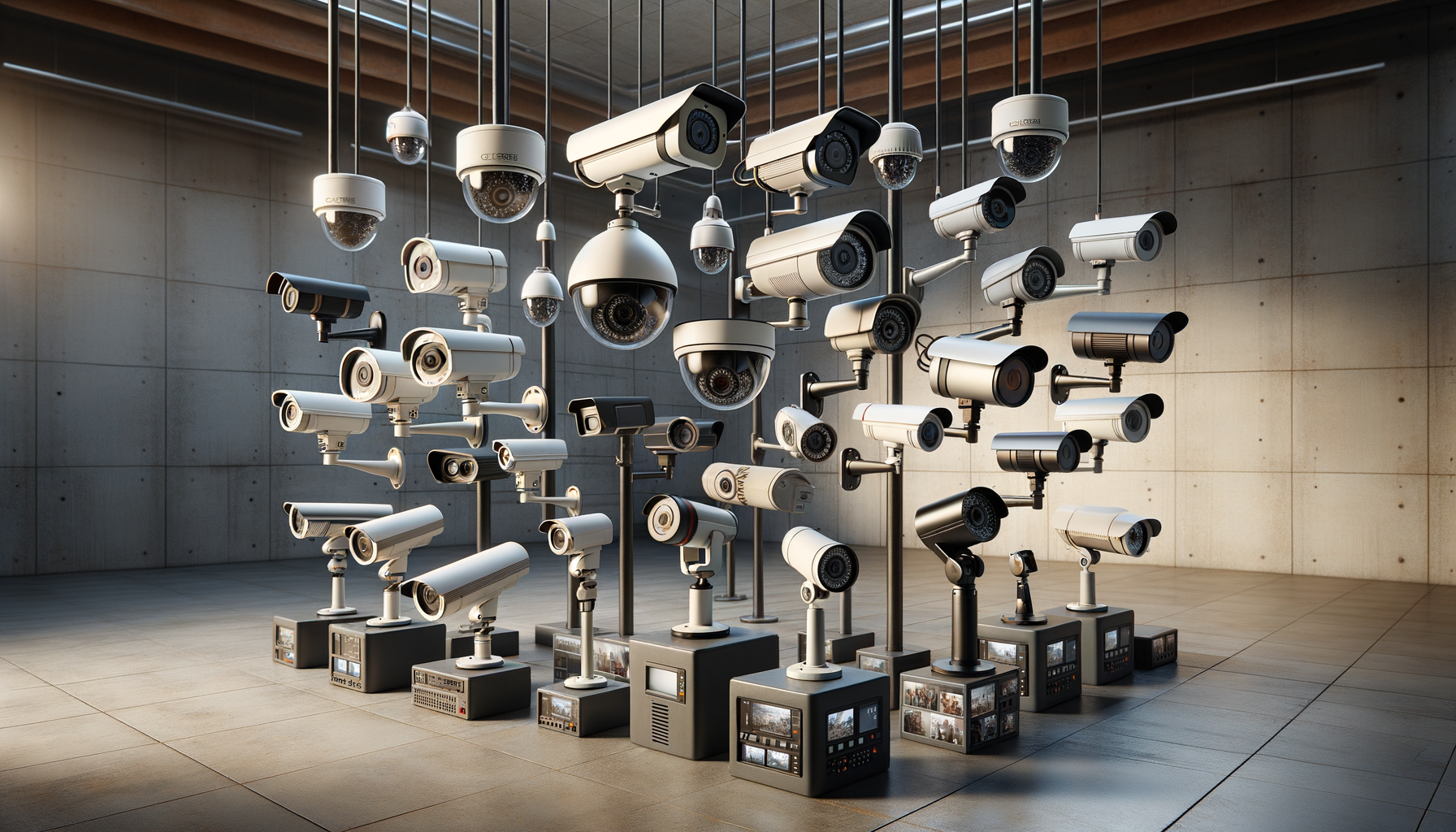
Upgrade Your Security with State-of-the-Art Camera Technology
The Evolution of Security Cameras
Security cameras have come a long way from their rudimentary beginnings. Initially, they were simple devices with limited capabilities, primarily used by businesses to deter theft and vandalism. However, with advancements in technology, these cameras have evolved into sophisticated systems that offer a multitude of features. Modern security cameras are equipped with high-definition video, night vision, and even artificial intelligence, making them an integral part of comprehensive security solutions.
Today, security cameras are not just for commercial use; they have become a staple in residential security as well. Homeowners are increasingly investing in these systems to protect their properties and loved ones. The integration of smart technology allows users to monitor their homes remotely, providing peace of mind no matter where they are.
The transition from analog to digital has been a significant milestone in the evolution of security cameras. Digital cameras offer superior image quality and are easier to install and maintain. Additionally, the advent of wireless technology has eliminated the need for complex wiring, making installation more straightforward and less intrusive.
Key Features of Modern Surveillance Cameras
Modern surveillance cameras are packed with features designed to enhance security and provide detailed monitoring capabilities. Some of the standout features include:
- High-Resolution Imaging: Today’s cameras offer high-definition video, ensuring clear and detailed footage that can be crucial in identifying intruders.
- Night Vision: Infrared technology allows cameras to capture clear images in low-light conditions, ensuring round-the-clock surveillance.
- Motion Detection: Advanced motion sensors can detect unusual activity and trigger alerts, allowing for immediate response to potential threats.
- Remote Access: With the integration of smart technology, users can access live feeds from their cameras via smartphones or computers, providing real-time monitoring from anywhere in the world.
- Cloud Storage: Many systems offer cloud storage options, ensuring footage is securely stored and easily accessible when needed.
These features collectively enhance the effectiveness of security systems, making them a valuable asset for both homes and businesses.
The Benefits of Installing Security Cameras
Installing security cameras offers numerous benefits that contribute to the safety and security of properties. One of the primary advantages is deterrence. The presence of cameras can discourage criminal activity, as potential intruders are less likely to target properties that are under surveillance.
In addition to deterrence, security cameras provide valuable evidence in the event of a crime. High-quality footage can assist law enforcement in identifying and apprehending suspects, increasing the likelihood of recovering stolen property.
Security cameras also offer peace of mind. Knowing that your property is being monitored 24/7 allows homeowners and business owners to feel secure, whether they are on-site or away. This sense of security can significantly reduce stress and anxiety related to potential security threats.
Furthermore, modern security systems can be integrated with other smart home technologies, creating a comprehensive security network that can be managed from a single platform. This integration enhances convenience and control, making it easier to manage security across multiple devices.
Choosing the Right Security Camera System
Selecting the right security camera system can be a daunting task given the plethora of options available. However, understanding your specific needs and requirements can simplify the decision-making process. Here are some factors to consider:
- Location: Determine whether you need indoor, outdoor, or both types of cameras. Outdoor cameras should be weather-resistant and durable.
- Field of View: Consider the area you need to cover. Wide-angle lenses can monitor larger spaces, reducing the number of cameras required.
- Connectivity: Decide between wired and wireless systems. Wireless cameras offer more flexibility in terms of placement and installation.
- Budget: Security cameras are available at various price points. It’s essential to balance cost with the features you need.
- Additional Features: Consider any additional features you might need, such as two-way audio, facial recognition, or integration with other smart devices.
By carefully evaluating these factors, you can choose a security camera system that meets your needs and enhances your property’s security.
Future Trends in Security and Surveillance Technology
The field of security and surveillance technology is continually evolving, with new trends emerging that promise to redefine how we approach security. One such trend is the integration of artificial intelligence (AI) into security systems. AI can enhance the capabilities of security cameras by enabling features such as facial recognition, behavior analysis, and predictive analytics.
Another emerging trend is the use of drones for surveillance purposes. Drones can cover large areas quickly and provide aerial views that traditional cameras cannot. This capability is particularly useful for monitoring expansive properties or during large events.
Additionally, the rise of the Internet of Things (IoT) is transforming security systems into interconnected networks that can communicate and collaborate with other smart devices. This integration allows for more comprehensive and responsive security solutions.
As technology continues to advance, we can expect security systems to become more intelligent, efficient, and user-friendly. These advancements will undoubtedly enhance our ability to protect our homes and businesses, making security and surveillance technology an exciting field to watch.
